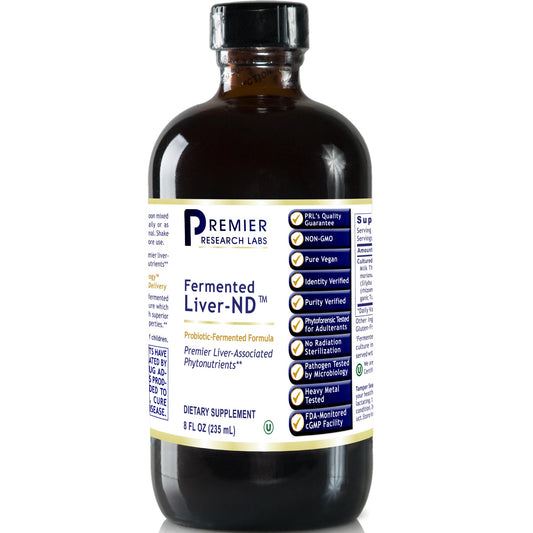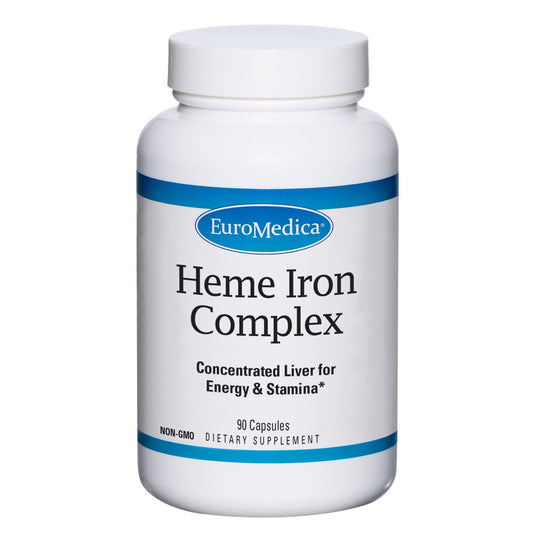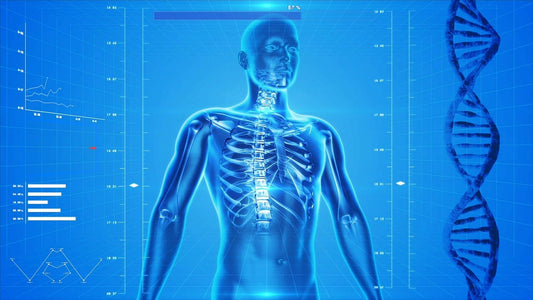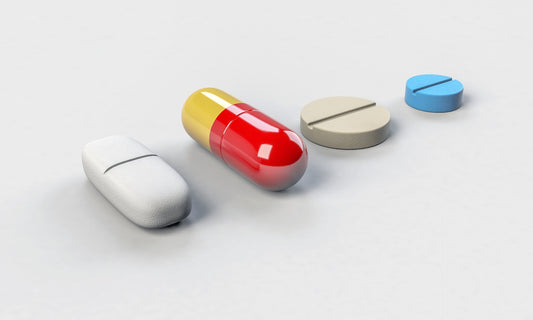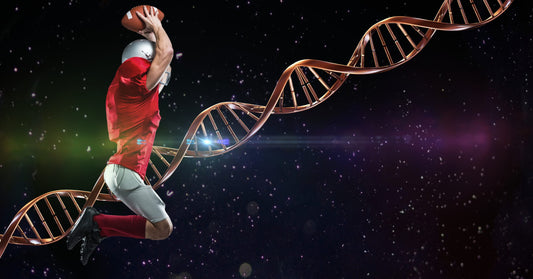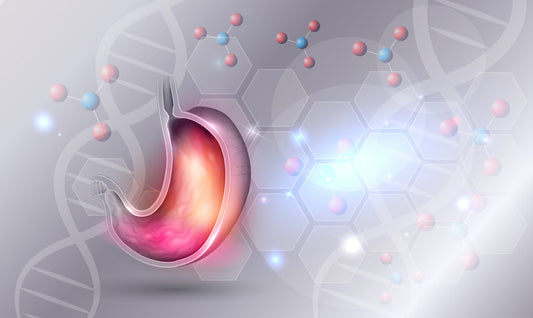
The Cancer Detox
CANCER: WHAT’S REALLY HAPPENING?
Only about 5-10% of all cancer cases are from inherited genes
When people get cancer, it’s thought of in terms of some type of boogeyman that jumped out of the closet or pulled us under the bed. In fact, it’s related to toxins that overwhelmed our body from the food, water, personal-care products, etc. Cancer is a highly destructive mega-event occurring inside the body. Your body pH is acidic. It needs to be alkaline. Ideal body pH is 7.25-7.5.
-
Premier Medi-Detox Pack
Regular price $36.00Regular priceUnit price / per -
Premier Magnesium
Regular price $24.00Regular priceUnit price / per -
Physicians strength Para-Ex
Regular price $60.00Regular priceUnit price / per -
Euromedica Heme Iron Complex
Regular price $53.00Regular priceUnit price / per -
Digestase-SP
Regular price $32.00Regular priceUnit price / per
DNA swab kit/analysis
-
DNA SWAB KIT/ANALYSIS – DNA HEALTH/MTHFR
Regular price $375.00Regular priceUnit price / per -
DNA DRUG REPORTS
Regular price $750.00Regular priceUnit price / per -
DNA SWAB KIT/ANALYSIS – DNA SPORT OPTIMIZATION
Regular price $375.00Regular priceUnit price / per -
DNA SWAB KIT/ANALYSIS – DNA SKIN
Regular price $375.00Regular priceUnit price / per -
DNA SWAB KIT/ANALYSIS – DNA ESTROGEN
Regular price $375.00Regular priceUnit price / per -
DNA SWAB KIT/ANALYSIS – DNA MIND
Regular price $375.00Regular priceUnit price / per -
DNA SWAB KIT/ANALYSIS – DNA DIET
Regular price $375.00Regular priceUnit price / per
Candida overgrowth, which feeds on sugars, is occurring at an accelerated rate. There’s heavy metal toxicity and parasitic infection. Bad bacteria has overrun your gut. You have diarrhea or are constipated, maybe both. Your cells are dehydrated. Your cells are being attacked with no defense (mitochondrial dysfunction). Your liver and kidneys aren’t working. Your lymphatic system is overwhelmed. Your energy is low. Your sleep is off. You have high anxiety. Your adrenal glands are shot. Your accessory organs — liver, gallbladder and pancreas — are inflamed. You’re mineral deficient. As a result of both, you have no enzyme functionality to start any of the biochemical processes your body needs to run itself.
If you have cancer and can’t eat, don’t go eating whatever you can keep down like doctors and nurses tell many patients. Juice and progress into fruit and vegetables. If you can tolerate this that’s fine, because that’s where you’re going to get the most benefit from anyway until you get past this.
Cancer Statistics
The conversation on cancer needs to change. Responsibility needs to shift. In most cases, cancer happens from a fermentation inside the body caused by addiction to processed sugar and related foods and products that convert to sugars. We are the only ones feeding ourselves. Only about 5-10% of all cancer cases are from inherited genes, according to the American Institute for Cancer Research.
According to Cancer.gov, the most recent U.S. cancer statistics look like this:
- In 2020, an estimated 1,806,590 new cases of cancer will be diagnosed in the United States and 606,520 people will die from the disease.
- The most common cancers (listed in descending order according to estimated new cases in 2020) are breast cancer, lung and bronchus cancer, prostate cancer, colon and rectum cancer, melanoma of the skin, bladder cancer, non-Hodgkin lymphoma, kidney and renal pelvis cancer, endometrial cancer, leukemia, pancreatic cancer, thyroid cancer, and liver cancer.
- Prostate, lung, and colorectal cancers account for an estimated 43% of all cancers diagnosed in men in 2020. For women, the three most common cancers are breast, lung, and colorectal, and they will account for an estimated 50% of all new cancer diagnoses in women in 2020.
- The rate of new cases of cancer (cancer incidence) is 442.4 per 100,000 men and women per year (based on 2013–2017 cases).
- The cancer death rate (cancer mortality) is 158.3 per 100,000 men and women per year (based on 2013–2017 deaths).
- The cancer mortality rate is higher among men than women (189.5 per 100,000 men and 135.7 per 100,000 women). When comparing groups based on race/ethnicity and sex, cancer mortality is highest in African American men (227.3 per 100,000) and lowest in Asian/Pacific Islander women (85.6 per 100,000).
- As of January 2019, there were an estimated 16.9 million cancer survivors in the United States. The number of cancer survivors is projected to increase to 22.2 million by 2030.
- Approximately 39.5% of men and women will be diagnosed with cancer at some point during their lifetimes (based on 2015–2017 data).
- In 2020, an estimated 16,850 children and adolescents ages 0 to 19 will be diagnosed with cancer and 1,730 will die of the disease.
- Estimated national expenditures for cancer care in the United States in 2018 were $150.8 billion. In future years, costs are likely to increase as the population ages and more people have cancer. Costs are also likely to increase as new, and often more expensive, treatments are adopted as standards of care.
Top 10 Cancers
- Skin cancer
- Lung cancer
- Prostate cancer
- Breast cancer
- Colorectal cancer
- Kidney (renal) cancer
- Bladder cancer
- Non-Hodgkin’s lymphoma
- Thyroid cancer
- Endometrial cancer
Diagnosing cancer
Often, a diagnosis begins when a person visits a doctor about an unusual symptom. The doctor will talk with the person about his or her medical history and symptoms. Then the doctor will do various tests to find out the cause of these symptoms, according to Cancer.net.
But, many people with cancer have no symptoms. For these people, cancer is diagnosed during a medical test for another issue or condition. Sometimes a doctor finds cancer after a screening test in an otherwise healthy person. Examples of screening tests include colonoscopy, mammography, and a Pap test. A person may need more tests to confirm or disprove the result of the screening test. For most cancers, a biopsy is the only way to make a definite diagnosis. A biopsy is the removal of a small amount of tissue for further study.
Doctors divide cancer into types based on where it begins, according to Cancer.net. These include:
- Carcinomas. A carcinoma begins in the skin or the tissue that covers the surface of internal organs and glands. Carcinomas usually form solid tumors. They are the most common type of cancer. Examples of carcinomas include prostate cancer, breast cancer, lung cancer, and colorectal cancer.
- Sarcomas. A sarcoma begins in the tissues that support and connect the body. A sarcoma can develop in fat, muscles, nerves, tendons, joints, blood vessels, lymph vessels, cartilage, or bone.
- Leukemias. Leukemia is a cancer of the blood. Leukemia begins when healthy blood cells change and grow uncontrollably. The 4 main types of leukemia are acute lymphocytic leukemia, chronic lymphocytic leukemia, acute myeloid leukemia, and chronic myeloid leukemia.
- Lymphomas. Lymphoma is a cancer that begins in the lymphatic system. The lymphatic system is a network of vessels and glands that help fight infection. There are 2 main types of lymphomas: Hodgkin lymphoma and non-Hodgkin lymphoma.

